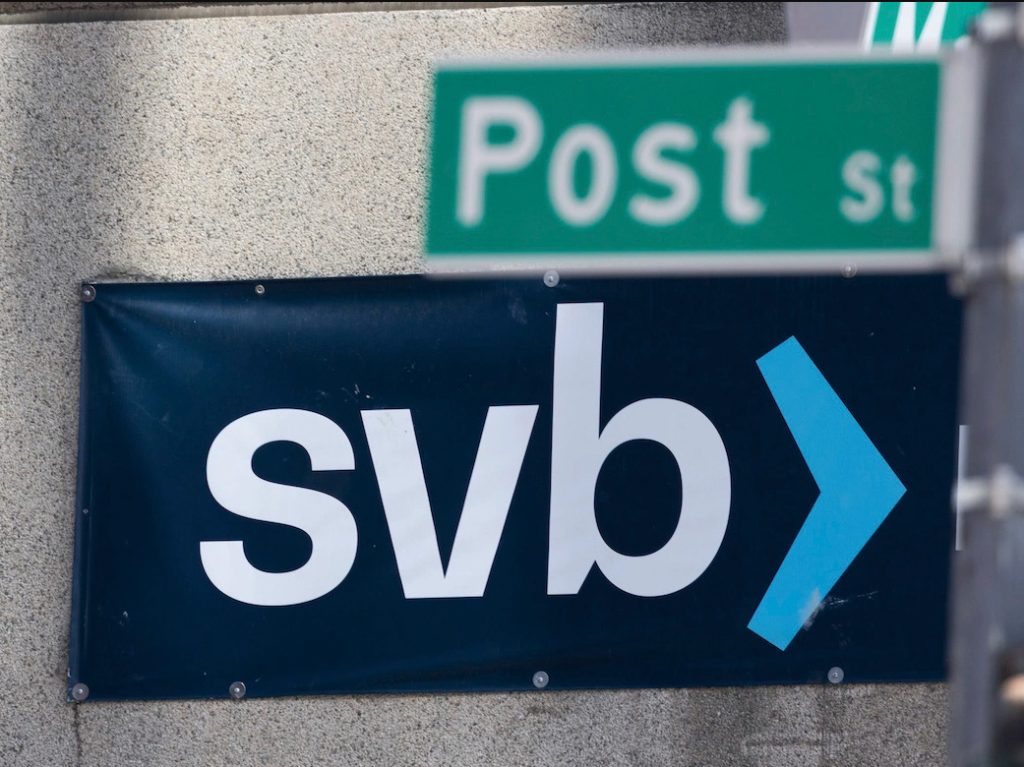
The collapse of SVB and Signature Bank has started a series of bank failures and become contagious to Europe, namely Credit Suisse. While the 2008 banking crisis was caused by the subprime mortgage fall and the collapse of the housing market, the current banking crisis has a different origin. This time it is coming from the unrealized loss of banks on government bonds.
One of the key reasons for the current crisis is the policy of forcing banks to buy Treasury bonds to fill the US spending deficit. This policy has been in place for a long time and has put banks in a difficult position. The banks are required to buy the bonds, but if the bond prices fall, they will suffer losses on their bond portfolios. This has allowed the US to keep the rates down for a long time but had no benefit for the savers for so long.
You might argue that the current situation is not an insolvency crisis but a liquidity one. However, it is becoming more obvious that it is a liquidity problem leading to an insolvency crisis, in particular in the bond market. The reason behind it is that depositors did not anticipate that their money in banks is going to finance the government spendings, which is a glorified scheme to provide liquidity for the bond market without increasing the money supply by the Fed.
This vicious cycle of borrowing and increasing debt can only be broken by reducing spending and increasing revenue. However, the current political climate makes it difficult to implement such policies. Politicians are reluctant to cut spending, and any tax increases are likely to be met with strong opposition. This means that the current system of borrowing and spending is likely to continue for some time. The consequences will be massive money printing to pay for US debt, leading to inflation, and possibly hyperinflation. The current crisis is a wake-up call for the government to start taking the debt problem seriously and start implementing policies to reduce it, and a giant red flag for bond investors.





